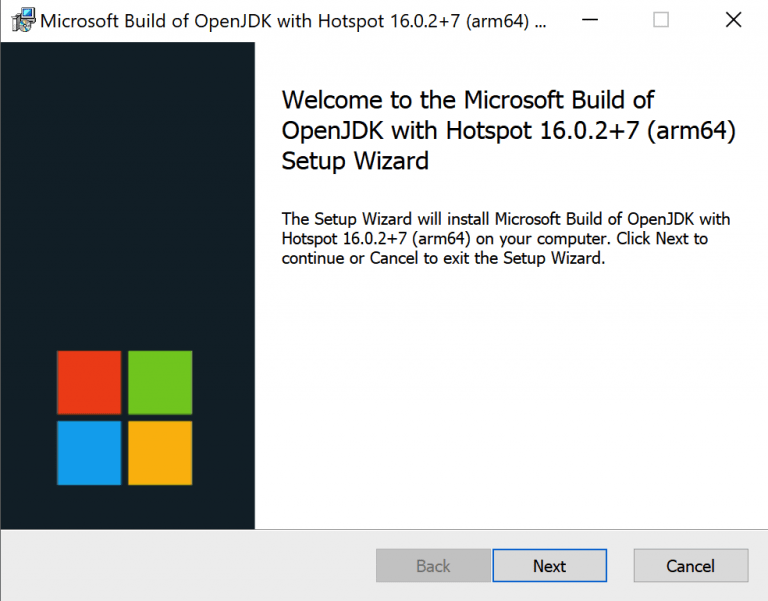How to Install Many Linux Applications onto the Chrome OS Base System
Chromebrew, A Package Manager for Chrome OS
It is somewhat known that Chrome OS is a form of Linux. What is less known about it is what distro Chrome OS is based on. Chrome OS is based on Gentoo Linux. Essentially, what separates Gentoo Linux from other forms of Linux is that it does not have a package manager. Gentoo Linux is explicitly designed to enable the user to build things from source.

I don’t get the type of people who like to build everything from source. Building something from source, unless you wrote the source code yourself, is essentially breaking one of the essential rules of programming. Don’t reinvent the wheel. Building something from source takes up a lot of time and effort that isn’t important, especially if there is already a version out there that is compiled for your system. That’s why practically every other form of Linux has a package manager. However, I digress from my current tangent.
Chrome OS’s user base is not like Gentoo’s at all. Chrome OS users don’t want to have to build stuff from source. Many of them have no idea how computers work. Chromebrew, however, enables Chrome users like me who know how computers work, but dislike the time wasted building stuff from source to install many Linux packages on the Chrome OS system.
What Chromebrew Will Help You With
Chromebrew in no way does all of the Linux applications. If you want an easy way to run Linux applications, use Linux (Beta) or Crouton. However, there is the stuff that you may want to install on your base Chrome OS system. This is mainly system utilities. For example, Chromebrew will help you with installing essential tools such as the nano text editor.
Things You Need Before You Begin
There are a few things you will need before we begin:
- A Rooted Chromebook (If you haven’t rooted it already, see How to Root Chromebook)
- Access to the Internet
- Some Knowledge of Technical Stuff
Installing Chromebrew
Installing Chromebrew is relatively simple. Now, go into crosh by typing CONTROL+ALT+T. Type the following command:
shell
That will enable access to the base system shell. Now, enter the following command to ensure system security:
sudo crossystem dev_boot_signed_only=1
If it asks you for a password, enter the root password you created when you rooted the Chromebook. Now, enter in the following simple command to install Chromebrew:
curl -Ls git.io/vddgY | bash
It will install a bunch of stuff. Expect this to take several minutes.
How to Use Chromebrew
Using Chromebrew is not that hard either. To start with, if you’re not already there, go to crosh with CONTROL+ALT+T, and then type “shell” to get to the base system terminal. For example, if you want to install the nano text editor, use the following command:
crew install --keep nano

That’s how to install stuff if you wish to search for a package to see if it’s available, use the following command:
crew search [PACKAGE]
For example, if you wanted to search for nano, use the following command:
crew search nano
Or, if you’re going to get rid of nano, use the following command:
crew remove nano
That’s about it. I hope Chromebrew proved useful for installing some of the essential Linux commands that do not exist on Chrome OS by default.







